What Is a Watt-Hour (Wh)? A Simple Guide to Understanding Electrical Energy
The consumption of electricity may be confusing at times. Learning what the energy units are and how to measure the consumption can save you money on electricity bills. At the same time, you can make better appliance decisions. This is why it is quite important to know what a watt-hour is. Let's dive in.
What Does a Watt-Hour Mean?
A watt-hour is the energy that a device consumes in a period of time. As an example, a lamp uses one watt over one hour, and the electricity use will be one watt-hour. These concepts will enable you to compare appliances, batteries, and electronic devices. The selection of appropriate devices can increase energy efficiency and decrease the cost of electricity. It also helps you simplify the management of home or business energy usage.
Watt vs Watt-Hour: What's the Real Difference?
People always confuse watts and watt-hours. Both are electricity units that we can find in our daily lives. The distinction between these two concepts explains energy consumption and device power in the long run.
Definition
A watt is the unit of power, or the rate at which energy is used. A watt-hour is a unit of energy that indicates the real energy used in a certain period. Watts measure the strength of the device, and Wh measures how long the device will run.
Measurement Focus
Watt is measured in terms of instantaneous power consumption, which is how much energy a device pulls at a given moment. Watt-hours measure a cumulative total of energy over time, which assists in determining the amount of electricity consumed and the possible expenses. The two units are both necessary in the concept of energy efficiency.
Practical Application
Watts assist you in determining the size of appliances to use or what type of electrical circuits are necessary. Watt-hours are used to estimate the battery life, daily electricity consumption, and electricity bills.
What Are Some Everyday Examples of Watt-Hour Consumption?
The consumption of daily appliances is calculated in watt-hours, and it is utilized to estimate their impact on the consumption of electricity. As an example, a 60-watt light bulb used for one hour will consume 60 Wh of energy. Other examples include the laptop, which uses about 50 Wh per hour.
A refrigerator consumes approximately 150 Wh a day. A smartphone charger will commonly use approximately 5Wh to 10Wh. Being aware of the examples, it is simpler to manage electricity more effectively. You can also predict the energy expenses in everyday life.
How Many Watt-Hours Does a Portable Power Station Typically Use in Daily Life?
The portable power stations have various capacities, usually between 1200Wh and 3600Wh. Understanding the conversion of these capacities to the energy use in everyday life can help you select the appropriate model to fulfill your requirements. The table below shows the normal watt-hour usage of these power stations.
|
Device / Appliance |
1200Wh Power Station |
2400Wh Power Station |
3600Wh Power Station |
|
Laptop (50W) |
2–3 hours |
4–5 hours |
6–7 hours |
|
Smartphone (10W) |
10–12 charges |
20–24 charges |
30–36 charges |
|
LED Light (10W) |
10–12 hours |
20–24 hours |
30–36 hours |
|
Refrigerator (100W) |
12 hours |
24 hours |
36 hours |
|
Microwave (1000W) |
1–2 hours |
2–3 hours |
3–4 hours |
|
Blender (300W) |
4–5 hours |
6–8 hours |
10–12 hours |
|
Electric Heater (1500W) |
0.5–1 hour |
1–2 hours |
2–3 hours |
|
Coffee Maker (800W) |
1–1.5 hours |
2–3 hours |
4–5 hours |
How Do You Calculate the Watt-Hour Capacity You Need for a Portable Power Station?
List all the devices that you intend to power to calculate the watt-hour capacity. Multiply the wattage of each device by the number of hours that it will be used to obtain total watt-hours. Sum up these values to the daily energy requirements.
Select a slightly more powerful station to make it efficient, extend the time of use, and have a backup in case of emergency or prolonged outdoor use. These are three product-based examples on how to calculate the watt-hour capacity that you require:
In light daily use, AFERIY P110-D (960Wh, 1200W) manages ~860Wh of laptop, lights, and mini-fridge. This 1200W generator provides a limited buffer.
AFERIY P210 (2400W, 2048Wh), This battery portable power station can accommodate a higher load capacity of fridge, microwave, lights, and laptop, which end up in approximately 1950Wh.
The heavy-duty devices, such as a 1500W heater and necessities, consume approximately 3480Wh, leaving a decent headroom with AFERIY P310 (3840Wh, 3600W).

What Other Factors Should You Consider When Choosing Watt-Hour Capacity
Choosing the appropriate watt-hour capacity is not a simple calculation. Some other criteria affect the performance, reliability, and general power efficiency. Such as:
Inverter Efficiency
During the conversion of DC to AC, solar generations lose some of the energy. This is typically 85-90 percent efficient. It is always better to select a slightly greater capacity than the calculated value so that your devices operate without sudden shutdowns as a result of conversion losses.
Maximum Power Demands
Appliances such as refrigerators or power tools have a higher startup wattage than running wattage. The assessment of these surge requirements will allow your power station to manage the initial spikes without overloading and maintain the appliances working safely during start-up and high loads.
Usage Duration
Consider how long you need to charge before recharging. A larger watt-hour capacity supports extended outdoor trips, emergencies, or blackouts. Evaluating your daily energy needs alongside potential downtime ensures consistent performance without requiring frequent recharges.
Recharge Options
Consider how quickly and efficiently the power station recharges. Solar, car, or wall charging varies in speed and convenience. If recharging takes longer, you may need extra watt-hour capacity to ensure continuous use during outages or off-grid adventures.
Conclusion
The watt-hours help to know what portable power station to select to meet various demands. Inverter efficiency and device use should be taken into consideration to avoid power shortages. Peak demand planning makes sure that appliances work without a hitch. The appropriate watt-hour capacity may enhance efficiency, reliability of delivery, and a sense of security in times of crisis.
Related reading:



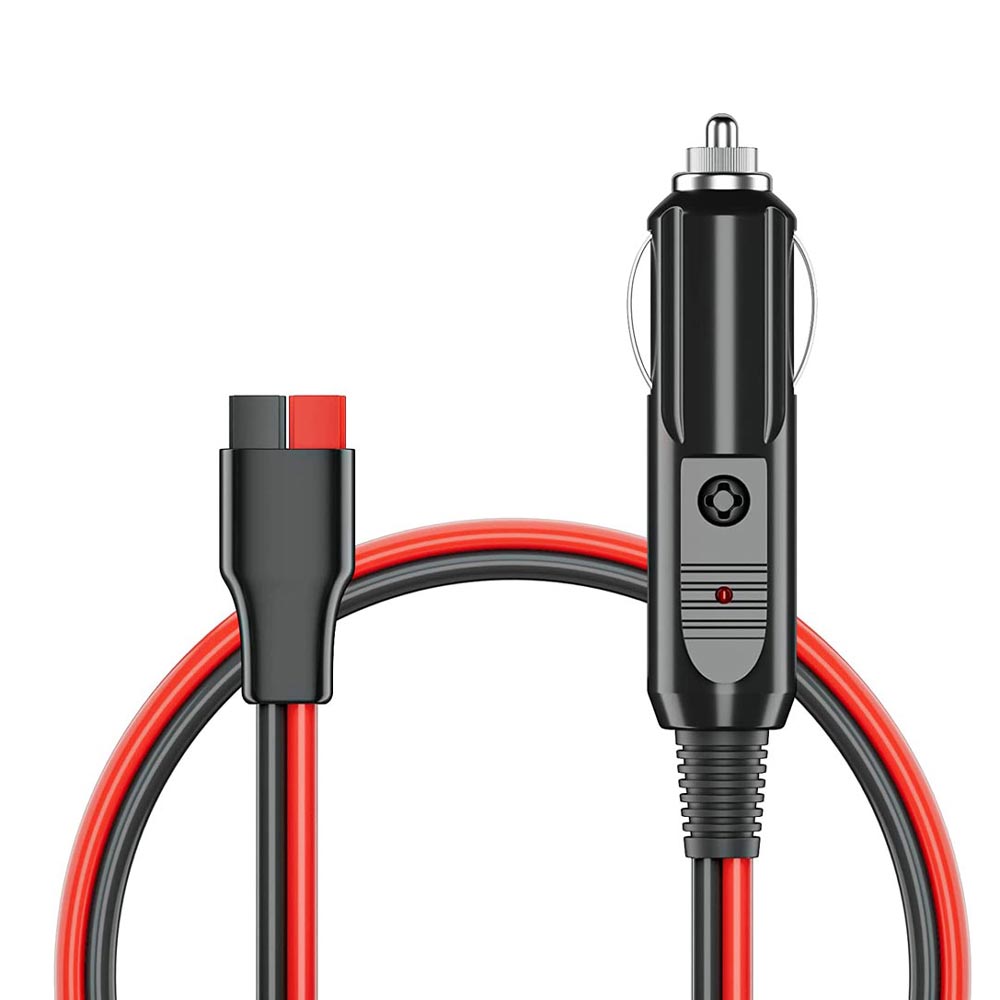
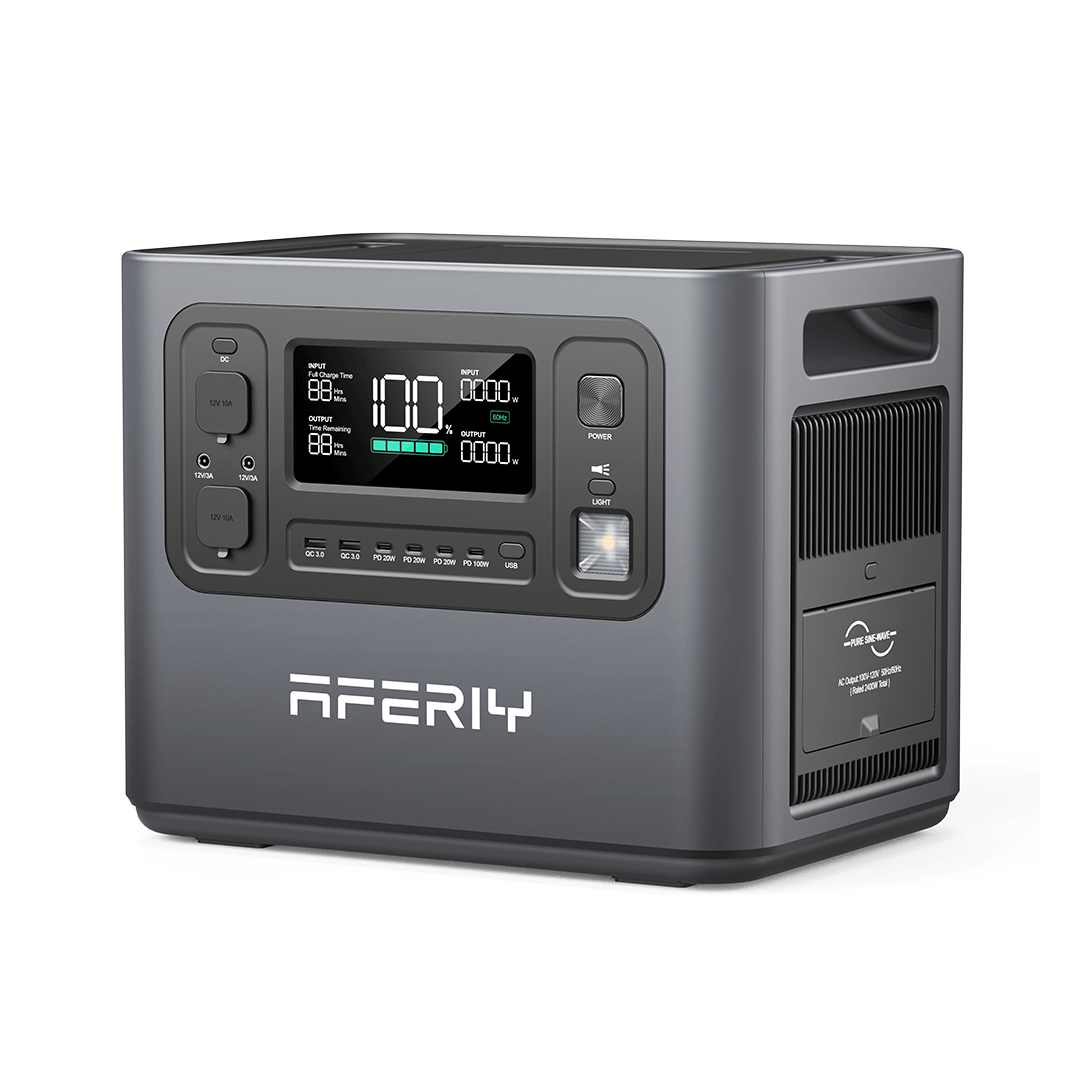

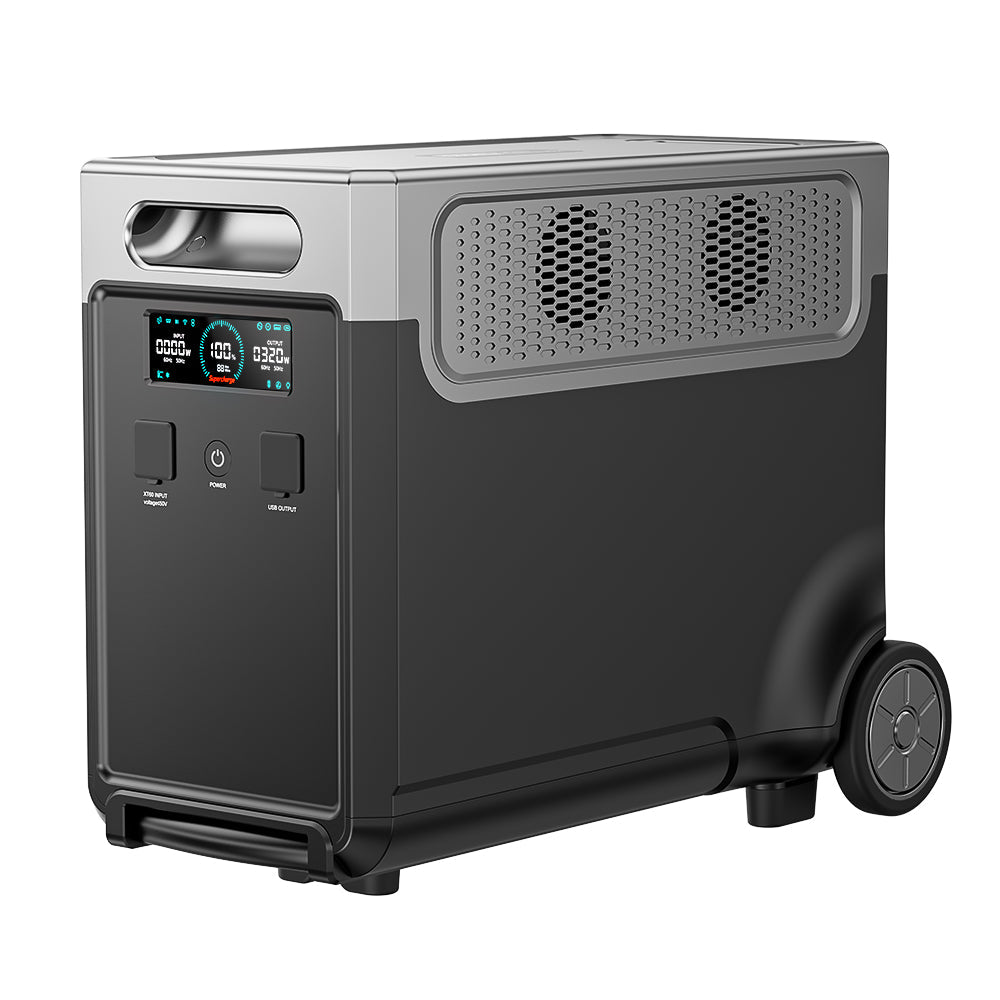
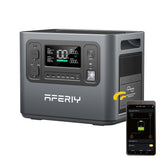



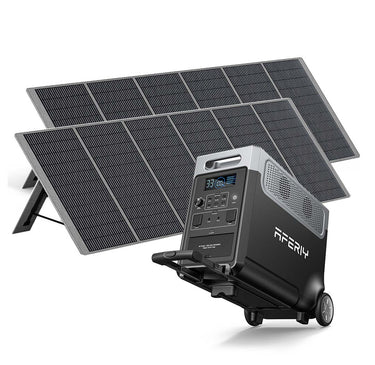
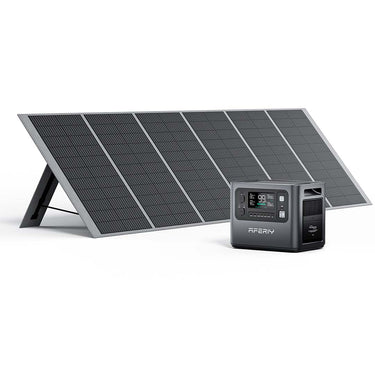



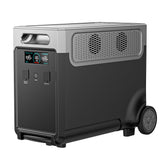



Leave a comment
Please note, comments need to be approved before they are published.